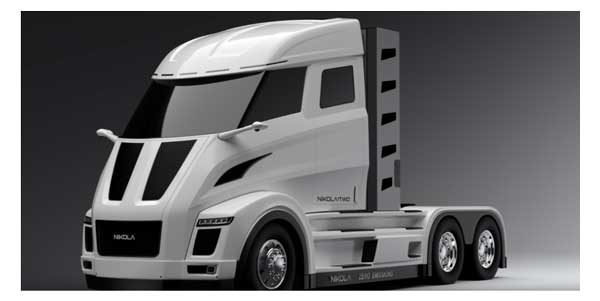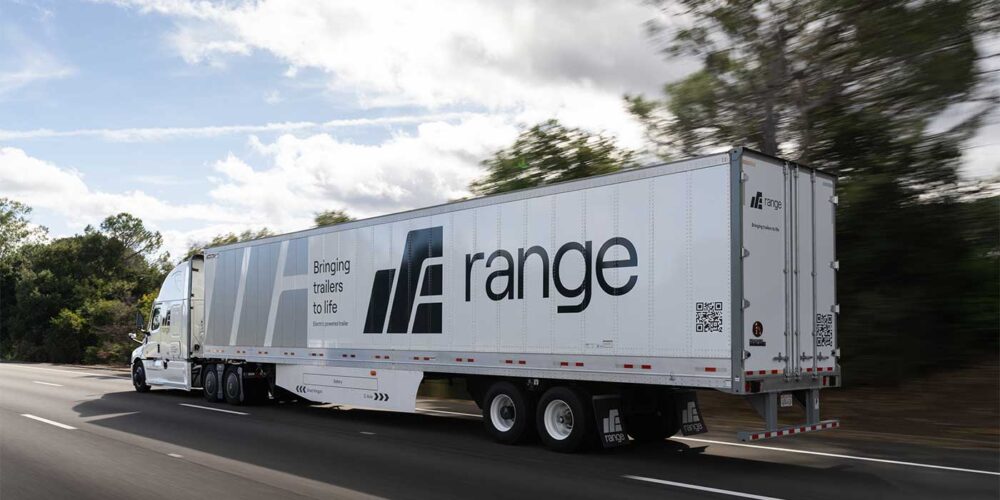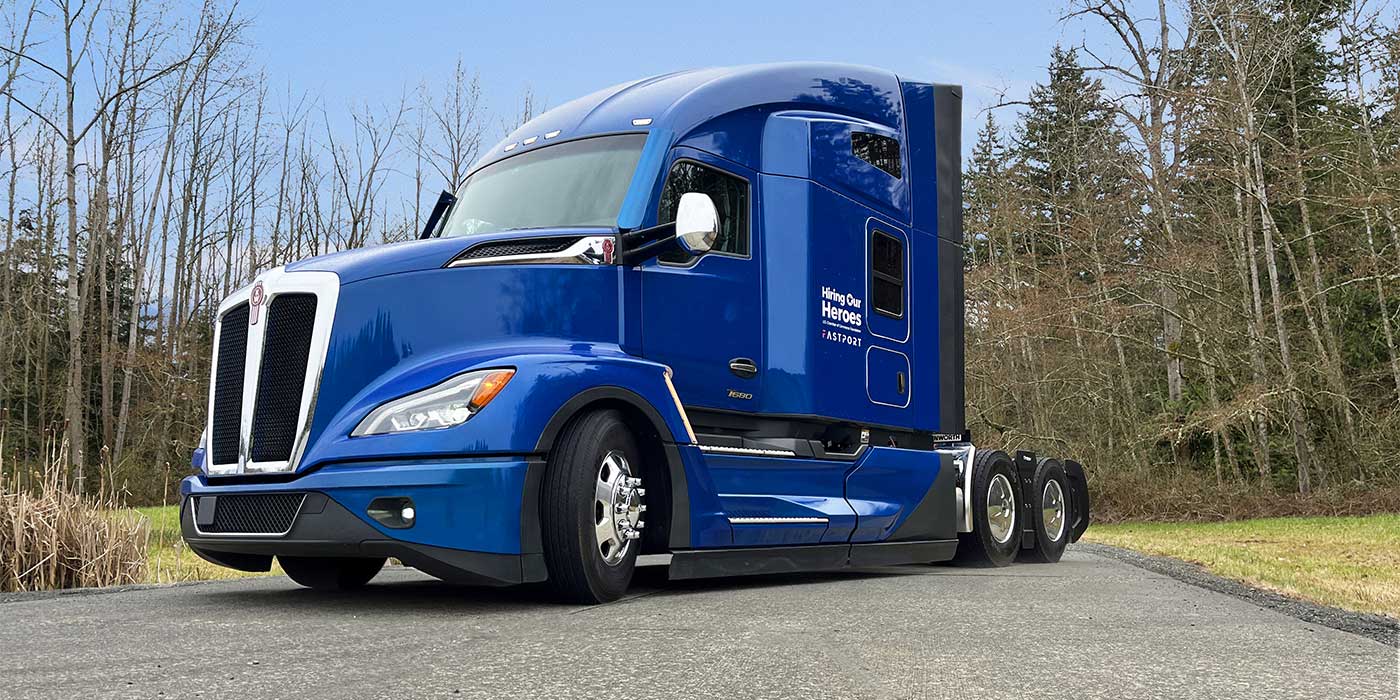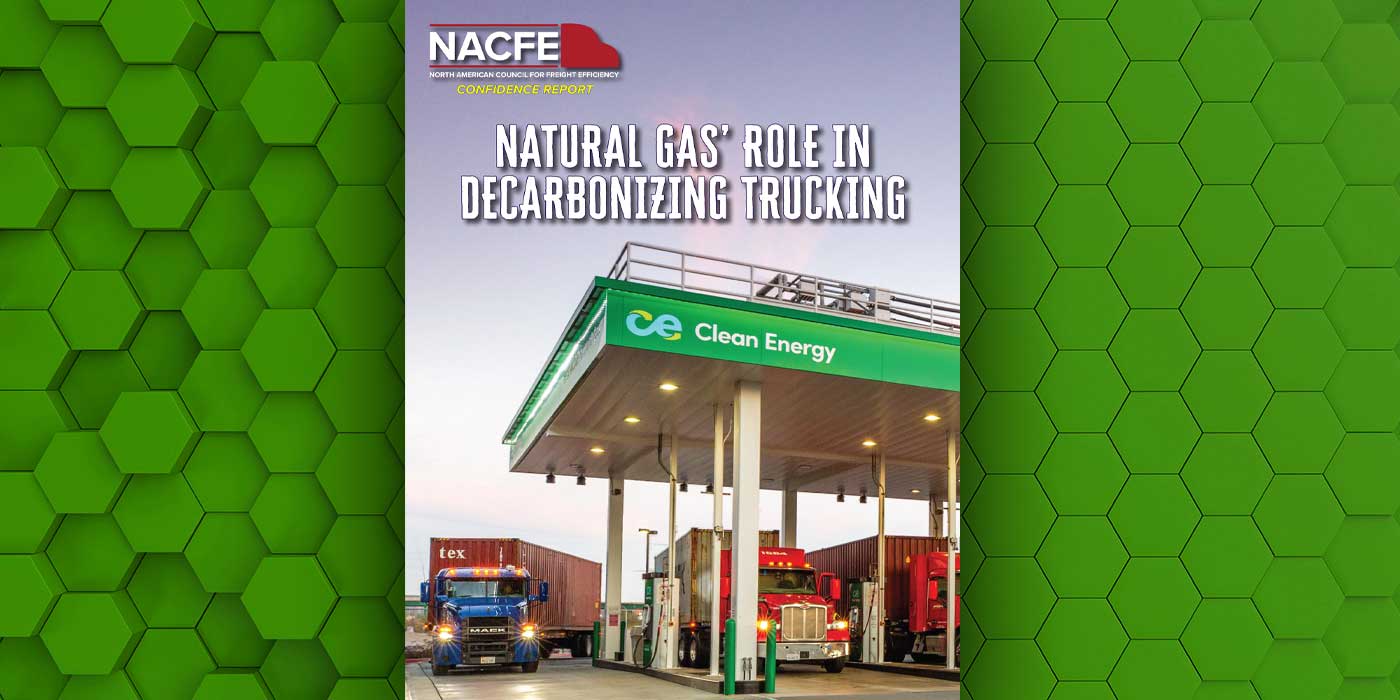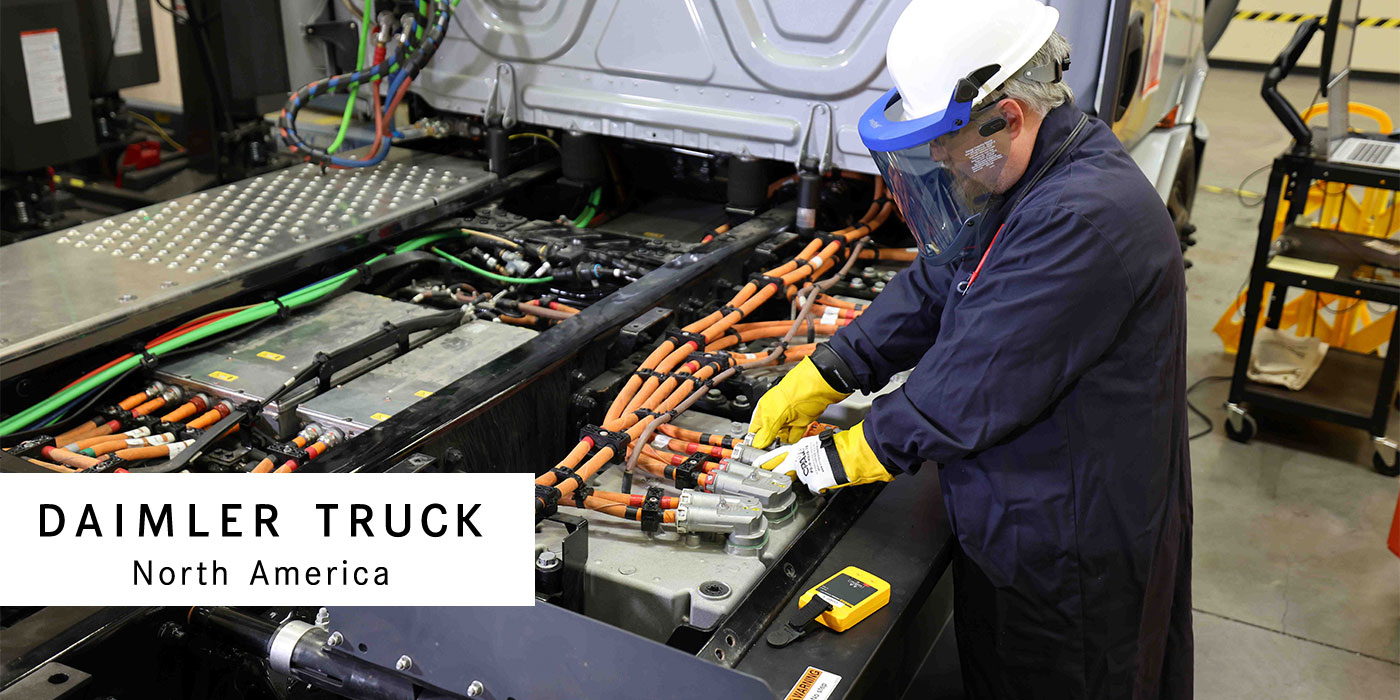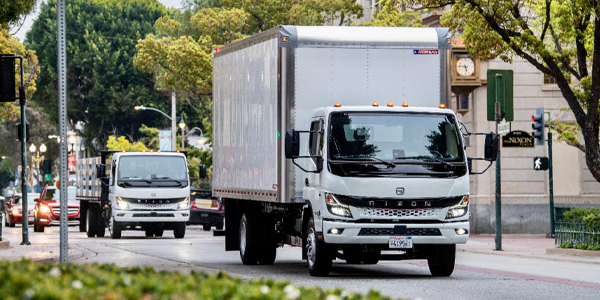Electrification! The buzz of that word is quickly drowning out the reality of the technology. It’s easy to talk about it in terms of generalities, but it’s important to understand that the excitement around electrification is because it has real-world, money-saving applications that will impact your fleet in the next two to three years.
Let’s get hyperbole out of the way: Is it going to completely replace diesel in your fleet tomorrow? No. However, electrification—fully electric and range-extended hybrid electric trucks—is going to give diesel a run for its money.
“Electrification will never work unless you can beat diesel in every category,” said Trevor Milton, chief executive officer of Nikola, which unveiled the fully electric, hydrogen-powered Class 8 Nikola One and Two last fall and is quickly moving into full production, with the first testing units due to be in the market by the fourth quarter of this year. “For our truck, hydrogen power is the only way to beat a diesel in every category. The biggest challenge in bringing the Nikola One and Two to market is helping people understand what electrification can really do—there’s a lot of misinformation out there.”
“Hydrogen?” you ask. “Wait a minute Mr. Fleet Equipment editor, you said the Nikola trucks were fully electric!”
And there’s a good example of the confusion around the technology. Electrified trucks will have as deep and complicated terminology as today’s range of diesel powertrains. In the case of the Nikola One and Two, Milton explained that his trucks are “hydrogen-electric trucks.” It’s not quite fair to call them hydrogen-electric hybrids because “hybrid” implies that an electric drive system is supplemented by a gas or diesel engine to extend the range. Nikola hydrogen-electric trucks fuel a hydrogen fuel cell that then powers the fully electric drive powertrain.
“Electric trucks have to be lighter than a diesel. They have to go further than a diesel. They have to be cleaner than a diesel. They have to be more powerful than a diesel. We’ve addressed all those points with hydrogen,” Milton said. “The range for the Nikola One and Two is 700 to 1,000 miles between fill ups for our truck—and that’s fully loaded in real world conditions, bad weather and all.”
Granted, you’ll want to put the trucks through your own paces when they’re available later this year, but there’s another sticking point: infrastructure. In Nikola’s case, infrastructure comes in the form of hydrogen-fueling stations. Milton said that Nikola will provide the infrastructure, initially catering to regional fleets with predictable routes within a range of 1,000 miles. Nikola plans to install multiple hydrogen fueling stations within a 500 to 1,000 square mile area, with initial hydrogen fueling station infrastructure focus on a major geographical area and expanding outward. The hydrogen fueling process takes approximately 10 to 15 minutes.
Another electric truck “I’ll believe it when I see it” claim is the promise of drastically reduced maintenance costs compared to diesel. On a per-month basis, Nikola estimates a .06 cent per mile cost for maintenance for its hydrogen-electric trucks compared to Nikola’s .12 cent per mile maintenance estimate for a diesel truck.
Nikola has partnered with Ryder System to provide the service support network for its trucks. The truck is fully warrantied, serviced and maintained by Ryder. Ryder is currently being trained on all of the systems—the service and diagnostics—as well as setting up a parts infrastructure. In terms of preventative maintenance checks, there are intervals at 100,000 miles with a major maintenance check up at 500,000 miles in which Ryder technicians would pull out the batteries, fuel cells and do a deep-dive maintenance check.
“There are no more oil changes. There’s no more emissions equipment,” Milton said, noting that those bullet points make up the majority of diesel maintenance. “You also save your brakes. Our brakes are lasting two million miles thanks to regenerative braking through the electric motors.”
The passion in Milton’s voice bleeds through the specs, and his excitement is contagious. For fleet managers having these discussions it can feel like a “too good to be true” pitch, but it’s important to remember that, as with any truck equipment, the value will be driven by your application. Stay focused on what you do, but keep an open mind when evaluating new tools to get the job done—the results of your own testing might surprise you.

